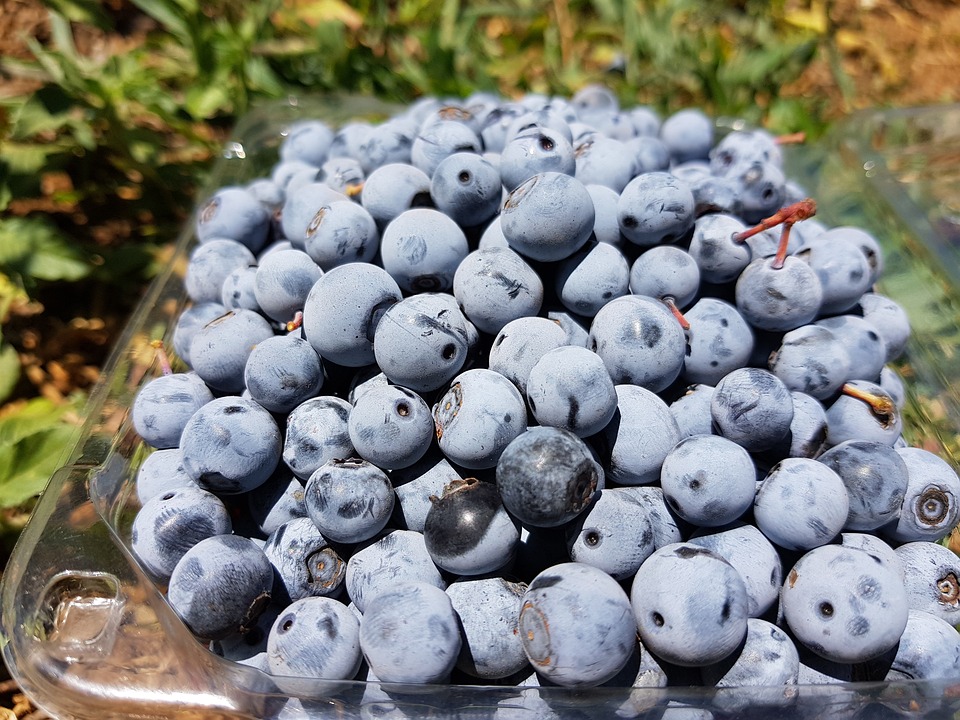By Karla Arboleda
Researchers at the University of Florida Institute of Food and Agricultural Sciences (UF/IFAS) are working on techniques for managing pests in Florida blueberries.
Both blueberry gall midge and chilli thrips are problematic for several blueberry varieties. Oscar Liburd, a professor of entomology at UF/IFAS, shared findings from the past season on managing pests.

PEST ACTIVITY AND IDENTIFICATION
From November through March, blueberry growers in Florida can normally expect to see midges. Liburd said the dominant species, blueberry gall midge, and the new species, blueberry tip midge, are a tag team in causing damage to blueberries.
“(Blueberry tip midge) is what we call late-season midge that comes into the system around March and it goes all the way until June,” Liburd said. “We are telling (growers) to continue the management programs for an additional three months. The growers who stop before really experience high infestation rates of midge.”
Distinguishing between blueberry gall midge and blueberry tip midge is important for effective pest management
“There is a curve in the wings which … we can see very easily (and) distinguishes both species,” Liburd said of blueberry tip midge. “The segments are longer so you can tell the difference, and the coloration for them is also a little bit different.”
When it comes to chilli thrips, Liburd said they begin to affect blueberry plantings from a young age. Some tend to transmit viruses in blueberries during the larval stage.
“The critical stages of management would be the larval stage and the adult stage for thrips,” Liburd said, adding that they cause bronzing and netting on leaves during early stages of growth, and curling on leaves during older stages. “Some of the damage they do to southern highbush blueberries is that they … tend to feed on the young leaves.”
MONITORING AND MANAGEMENT
To scout for pests in a blueberry field, growers can look for a few different things.
Liburd said male and female midges show a pattern in visiting the field, with females arriving about seven to 10 days after males. “As soon as we start finding the males in the field, we can initiate some kind of management,” he said.
Before growers decide to use pesticides, researchers suggest that they should monitor for the pests. According to Liburd, bucket traps and clear panel traps work well for monitoring to determine if midges are in the field. For thrips, randomly collect young stems with three to four leaves from several different plants and place each stem from a bush into a labeled vial with alcohol. These vials should be shaken vigorously for 15 seconds before placing the contents on a tray against a white background and counting the number of thrips.









